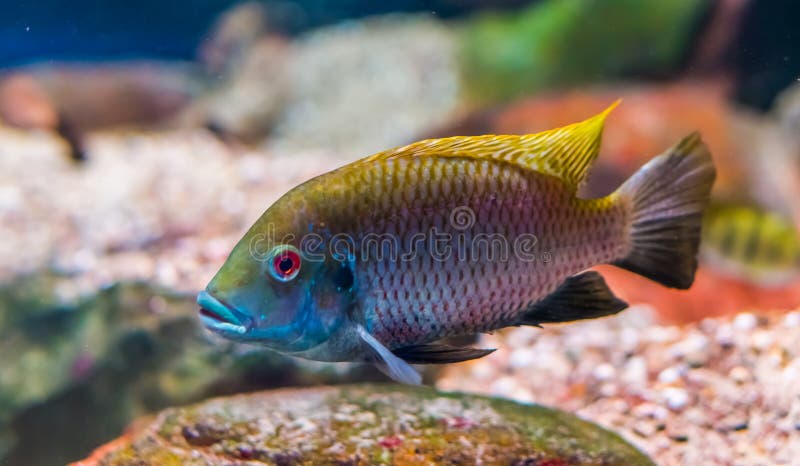Fish considered critically endangered spotted after almost 20 years: Report

Fish considered critically endangered spotted after almost 20 years: Report
Indeed, the discovery of a fish with hand-shaped fins on a beach in Primrose Sands, Tasmania, serves as a compelling testament to the remarkable diversity and adaptability of life on our planet. Nature continually astonishes us with its ingenuity and the myriad ways in which species have evolved to thrive in their unique environments.
This particular fish, with its distinctive hand-shaped fins, underscores the creativity of evolution and the capacity of organisms to adapt to their surroundings. Such adaptations can be critical for survival, allowing these creatures to navigate, find food, or secure themselves in habitats where other forms of locomotion might be less effective.
This discovery encourages us to remain curious and appreciative of the natural world. Even in familiar places like a beach, there may be hidden wonders waiting to be uncovered. It serves as a reminder that the world around us is teeming with life forms that continue to surprise and captivate us with their diversity and resilience. Our understanding of the intricacies of life on Earth is an ongoing journey, one that is enriched by each new discovery and observation.
While most people may associate fish with the typical fin-like structures used for swimming, this particular fish’s hand-shaped fins provide a unique adaptation. These fins could serve various purposes, such as gripping onto rocks or substrate on the seabed, allowing the fish to remain stable or find food in areas with strong currents. Alternatively, they could be a remnant of evolutionary history, showcasing how species can retain characteristics from their ancestors even as they adapt to new ecological niches.
Nature enthusiasts and scientists alike find such discoveries exciting because they underscore the ever-present potential for new insights into the natural world. It’s a testament to the fact that even in familiar environments like beaches, there can be surprises waiting to be uncovered.
Observations like this encourage us to remain curious and attentive to the world around us. They remind us that every ecosystem, no matter how familiar, holds its own mysteries and surprises, waiting for those who are willing to look closely and appreciate the wonders of our planet’s biodiversity. Ultimately, it’s through these discoveries that our understanding of the intricacies of life on Earth continues to grow.

The recent discovery of a fish with hand-shaped fins is not only fascinating but also has significant implications for marine research in the region. Until this recent find, it was believed that the population of spotted handfish in the Primrose Sands area of Tasmania, Australia, was locally extinct, with no sightings since before 2005. However, this discovery has challenged that assumption, prompting a reevaluation of the status of this unique aquatic species.
Carlie Devine, a researcher at the Commonwealth Scientific and Industrial Research Organisation (CSIRO), expressed the importance of this find by stating that it has given researchers cause to revisit the search for these fish along the coastal line. The fact that a previously thought-to-be extinct population has reemerged is a significant development in the field of marine biology.
This discovery not only raises questions about the persistence of the spotted handfish in the region but also underscores the need for continued research and conservation efforts to protect and understand this species and others like it. It’s a reminder that our understanding of the natural world is continually evolving, and sometimes, rare or endangered species may still exist in unexpected places.
The renewed interest in locating and studying these fish along the coast is an exciting prospect for researchers and conservationists. It highlights the importance of vigilance in monitoring and preserving biodiversity and the potential for surprising discoveries in the realm of marine life.
The International Union for Conservation of Nature (IUCN) had previously classified fishes with hand-shaped fins, like the spotted handfish, in the critically endangered category. The decline in their population in water bodies was primarily attributed to several factors, including their diminutive size and solitary nature.
Spotted handfish are characterized as rare and elusive creatures. In the past, before the 1990s, they were relatively easy to find. However, over time, the population has fragmented, resulting in only nine isolated populations remaining. This fragmentation and the species’ solitary behavior make monitoring their populations a challenging task. Researchers now understand the importance of continuously monitoring these sites annually. During a 60-minute dive, they may only encounter one or two fish, and sometimes, none at all. It is estimated that there are approximately 2,000 spotted handfish individuals left in the wild.
Carlie Devine emphasized the rarity and vulnerability of the spotted handfish species. The recent discovery by Kerri Yarre, who was unsure of what to do after spotting the fish, highlights the dilemma that individuals often face when encountering endangered wildlife. Yarre’s decision to release the animal back into the water likely stemmed from a desire to ensure its well-being and conservation, even though the exact actions to take in such situations can be uncertain.
This story not only sheds light on the precarious status of the spotted handfish but also emphasizes the need for continued efforts to protect and conserve endangered species, as well as the importance of public awareness and engagement in wildlife conservation. It’s a reminder that every individual can play a role in safeguarding our planet’s biodiversity.




